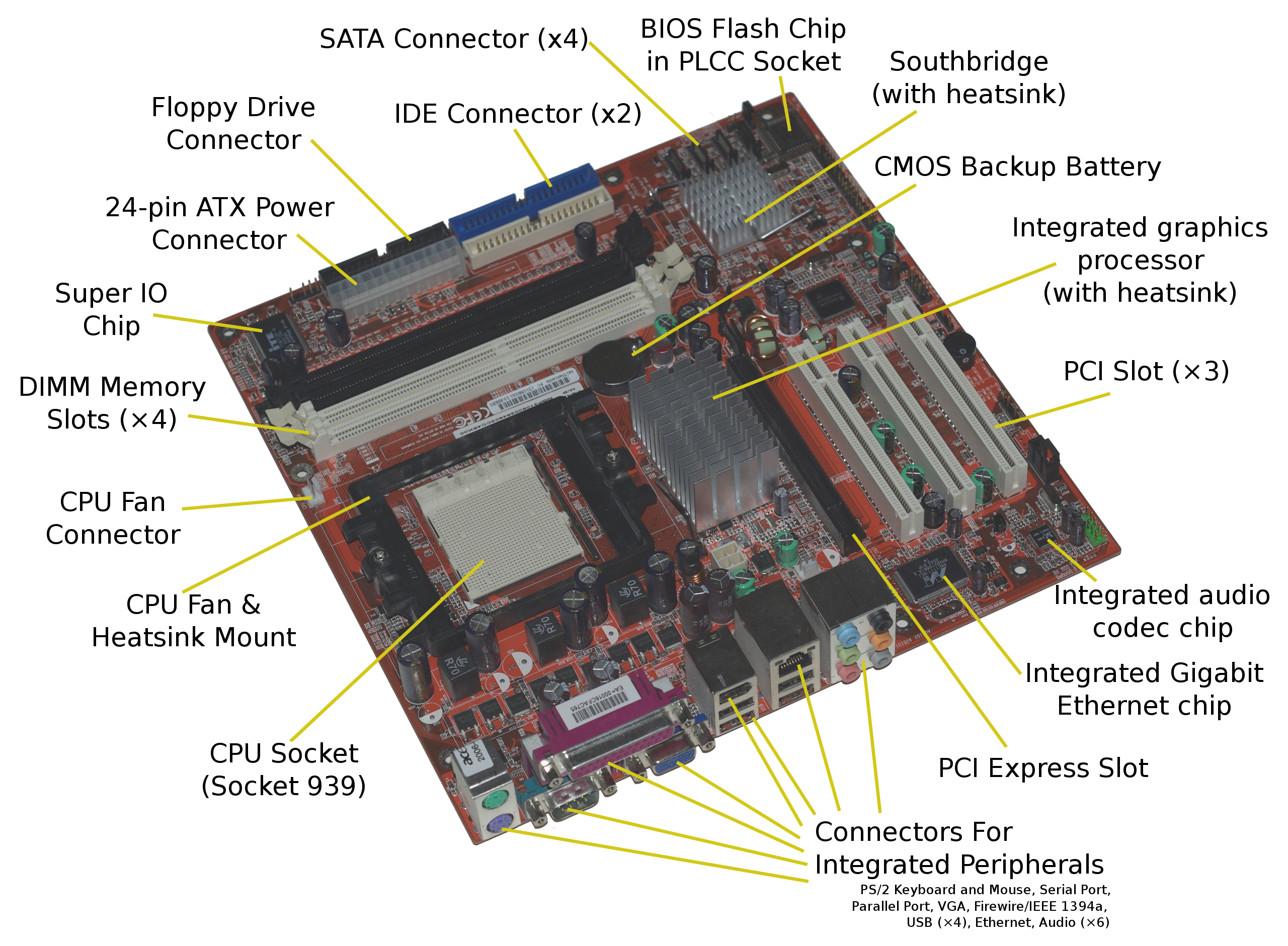In this article, I will discuss how to troubleshoot and resolve display driver errors in Windows 10.
Update Graphics Drivers for Improved Stability
To update your graphics drivers for improved stability and performance, follow these steps:
Step 1: Press the Windows key + X on your keyboard to open the Start menu, then select Device Manager.
Step 2: In Device Manager, expand the Display adapters category to see your graphics card.
Step 3: Right-click on your graphics card and select Update driver.
Step 4: Choose to search automatically for updated driver software.
Step 5: Follow the on-screen instructions to complete the driver update process.
Updating your graphics drivers can help resolve display driver errors and improve the overall performance of your computer. Make sure to regularly check for updates to keep your system running smoothly.
Close Unnecessary Programs to Enhance Performance
- Open Task Manager by pressing Ctrl+Shift+Esc
- Click on the “Processes” tab to view all running programs
- Identify programs that are not essential for your current tasks
- Select the unnecessary programs and click on “End Task” to close them
- Monitor performance improvements after closing unnecessary programs
Adjust Visual Effects Settings
To adjust the visual effects settings on Windows 10 and troubleshoot display driver issues, follow these steps:
1. Right-click on the Start menu and select “System.”
2. Click on “Advanced system settings” on the left-hand side.
3. Under the “Advanced” tab, click on “Settings” under the “Performance” section.
4. Choose the option for “Adjust for best performance” to disable all visual effects, or select “Custom” to choose which effects to enable or disable.
5. Click “Apply” and then “OK” to save your changes.
If you encounter any issues with the display driver after adjusting the visual effects settings, consider updating or reinstalling the driver to resolve the problem.
Increase GPU Processing Time Through Registry
To increase GPU processing time through the registry, you can tweak certain settings to optimize performance. Access the Windows Registry by pressing Windows key + R, typing in “regedit”, and hitting Enter. Navigate to HKEY_LOCAL_MACHINE\SOFTWARE\Microsoft\Windows\CurrentVersion and create a new key called GraphicsDrivers. Within this key, create a new DWORD value named TdrDelay and set it to 8 for an 8-second delay.
This change can prevent the display driver from timing out too quickly, giving your GPU more time to process data. Make sure to restart your computer for the changes to take effect. This simple tweak may help resolve display driver errors and improve overall graphics performance on Windows 10.
Uninstall and Reinstall Graphics Drivers
To uninstall and reinstall your graphics drivers to fix display driver errors in Windows 10, follow these steps:
1. Uninstall the current graphics drivers:
– Press the Windows key + X and select Device Manager.
– Expand the Display adapters category.
– Right-click on your graphics card and select Uninstall device.
– Check the box to delete the driver software for this device.
– Follow the on-screen instructions to complete the uninstallation process.
2. Reinstall the graphics drivers:
– Visit the official website of your graphics card manufacturer (such as Nvidia or AMD).
– Download the latest drivers for your specific graphics card model and Windows 10.
– Run the driver installation file and follow the on-screen instructions to install the new drivers.
– Restart your computer to apply the changes.
3. Test your display:
– Check if the display driver error has been resolved by opening a video or playing a game.
– If the issue persists, consider updating other drivers or seeking further assistance from a professional.
By uninstalling and reinstalling your graphics drivers, you can troubleshoot and resolve display and graphics driver issues in Windows 10 efficiently.
Monitor and Resolve GPU Overheating
| Step | Description |
|---|---|
| 1 | Check GPU Temperature: Use monitoring software to check the temperature of your GPU. If it is consistently running hot, it may be causing display driver errors. |
| 2 | Clean Dust Buildup: Dust can accumulate in the GPU fan and heatsink, causing it to run hotter than normal. Use compressed air to clean out any dust buildup. |
| 3 | Improve Airflow: Make sure your computer has proper airflow to prevent overheating. Consider adding additional fans or adjusting the placement of your computer to improve airflow. |
| 4 | Update GPU Drivers: Make sure your GPU drivers are up to date. Outdated drivers can cause display driver errors and overheating issues. |
| 5 | Underclock GPU: If your GPU is consistently overheating, consider underclocking it to reduce the heat output. |
Reset Hardware to Default Settings
1. Open the Device Manager by right-clicking on the Start button and selecting “Device Manager” from the menu.
2. Locate the hardware device you want to reset, such as the graphics card, under the appropriate category.
3. Right-click on the device and select “Properties” from the context menu.
After opening the Properties window, navigate to the “Driver” tab and select “Roll Back Driver” to revert to the previous driver version. If that option is not available, you can choose “Uninstall Device” to remove the current driver completely.
4. Restart your computer to apply the changes and let Windows automatically install the default driver for the hardware device.
By resetting the hardware to default settings, you can troubleshoot and resolve display driver errors in Windows 10 efficiently.
Frequently Asked Questions
How to solve display driver problem in Windows 10?
To solve a display driver problem in Windows 10, you can roll back the driver by accessing Device Manager, expanding Display adapters, right-clicking the adapter, selecting Properties, going to the Driver tab, and then selecting Roll Back Driver and confirming with Yes.
How do I fix driver errors in Windows 10?
To fix driver errors in Windows 10, you can update the driver by going to the device’s Properties dialog box, clicking the Driver tab, and then clicking Update Driver to start the Hardware Update Wizard. Follow the instructions provided. If updating the driver does not resolve the issue, refer to your hardware documentation for further assistance.
What causes display driver issues?
Display driver issues can be caused by a variety of factors such as outdated or corrupted display drivers, GPU overheating, old or defective graphic cards, corrupt system or registry files, and too many programs running on the computer.
How do I fix a corrupted display driver?
To fix a corrupted display driver, you can start by using System Restore to return to a stable state. You can also run a Blue Screen Troubleshooter, uninstall faulty drivers, reset Windows, check for corrupted BIOS and update it if necessary, and update device drivers.







